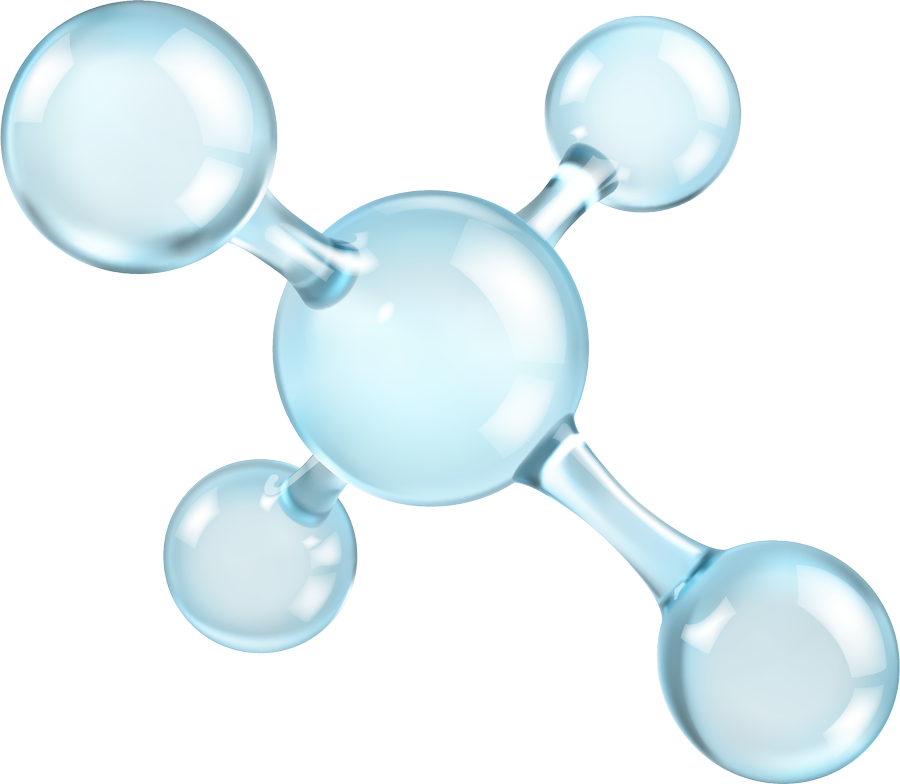the vision
from the beginning

Creating an Ingestible Solution
Ca-DTPA and Zn-DTPA had been used extensively over more than forty years as investigational agents in the treatment of individuals exposed to varying levels of radionuclides. The FDA found these agents to be safe and effective based on data maintained in a U.S. Registry of individuals with internal radioactive contamination from acute occupational exposure as well as from a careful review of published literature articles. Both Ca-DTPA and Zn-DTPA were found to increase the urinary excretion of plutonium, americium, and curium.
Captura Biopharma’s proposed product, C2E2, is a diethyl ester of DTPA, which has been shown to be orally bioavailable and to chelate the transuranic radionuclide americium (241Am) in contaminated animals. Since C2E2 is itself a chelating agent and is relatively stable in vivo in rats and dogs, it is not considered a prodrug of DTPA. The introduction of the ester moieties is meant to enhance the bioavailability of C2E2 as compared to DTPA.
Captura Biopharma is also interested in evaluating C2E2 as an orally administered drug for the removal of other non-radioactive toxic metals. Chief among these are gadolinium (Gd), a principal component of contrast agents used in Magnetic Resonance Imaging (MRI), and lead (Pb), a environmental contaminant commonly found in paint, water and soil. There is a growing awareness of the potential toxicity associated with the release of Gd ions from these MRI contrast agents after administration and there is no current treatment for Gd toxicity. It is well known that even small amounts of lead can cause serious health problems. Children younger than 6 years are especially vulnerable to lead poisoning, which can severely affect mental and physical development.
